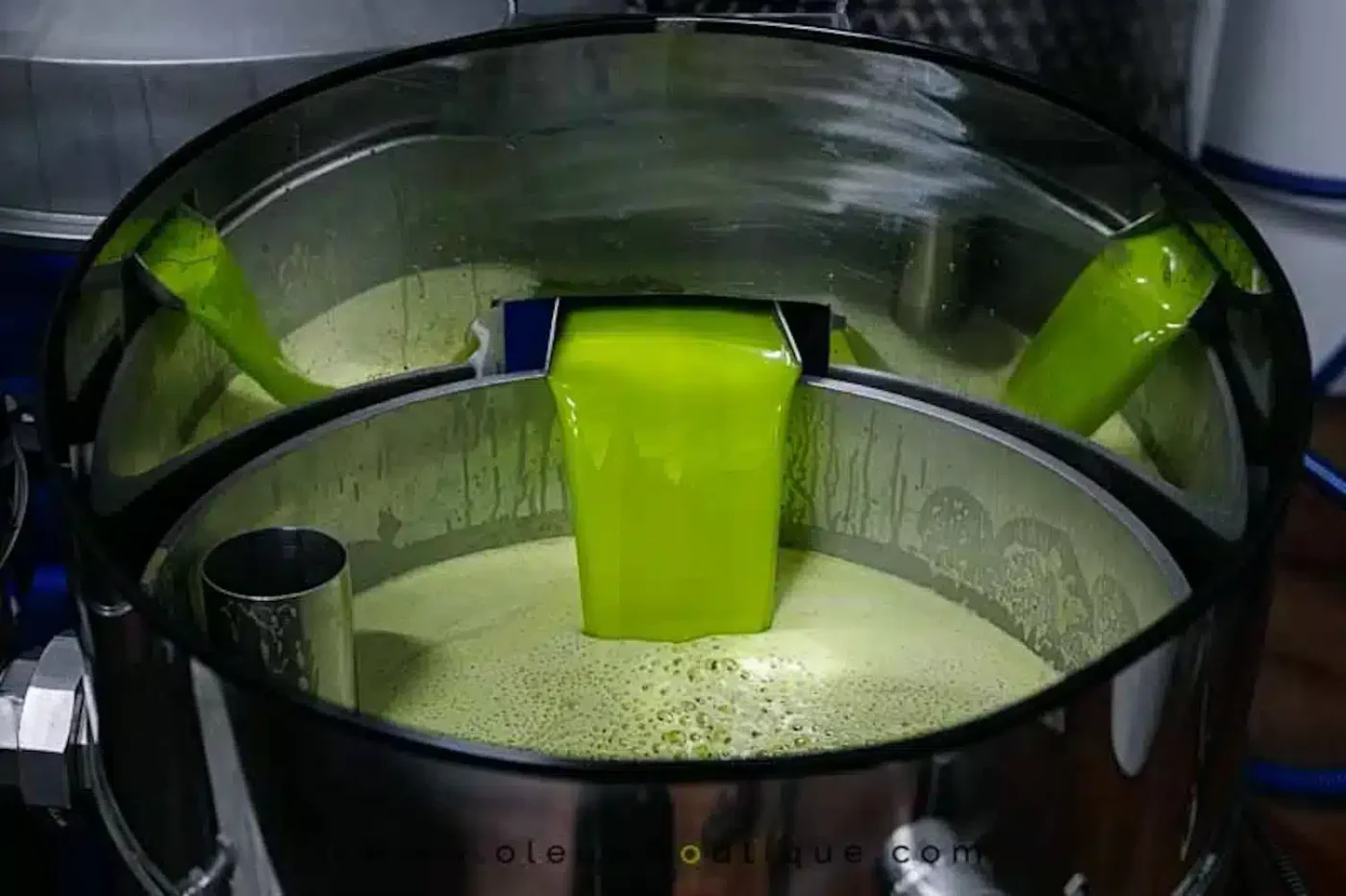
Olive oil is extracted from the fruit of the olive tree, the olive, using mechanical methods, without the addition of chemicals, producing true fruit juice. Traditionally, oil extraction systems carried out the process in three phases: milling, pressing, and decanting.
First, the olives are harvested from the olive trees by beating or other mechanical means, always ensuring that the olives do not touch the ground and do not damage the olive tree. The olives are then moved to the olive mill’s receiving yard. It is important that this transfer be quick, within a few hours, since olives begin to “die” the moment they leave the tree.
Once at the oil mill, the olives are cleaned and placed in the mill for grinding and blending to release the oil. The resulting paste then passes through centrifuges to separate the liquid from the solid.
Finally, the resulting oil passes through decanters to further remove any olive residue. The resulting olive oil is stored in special tanks, inert and at controlled temperatures, awaiting bottling.
This process is very similar to how it was done in ancient times. Indeed, during the Roman Empire, stone mills were already used to split and break up the olives, and the resulting paste was then pressed to extract as much oil as possible. What has evolved over time is the method of pressing the olive paste.
Olive oil is the oily juice obtained solely from the fruit of the olive tree (Olea europea L.) without solvents.
Of all these, the most important is Virgin Olive Oil, obtained exclusively by mechanical or other physical means with no other treatments than washing, decantation, centrifugation, and filtering.
Oil constitutes 15-25% of the olive and is found in the vacuoles within the olive cells. Therefore, its production consists of separating the oil contained in the fruit from the solid components and vegetation water.
When the olives arrive at the oil mill, dust and other elements such as leaves, soil, stones, and branches must be removed. These processes are carried out with automatic machines and fans, and are washed in rotating drums, which separate the heavier materials. After washing, the olives are weighed to determine the quantity of clean olives contributed by each partner.
Two processes are used to extract olive oil: the horizontal centrifuge (Decanter) of the three phases present in the olive (oil, vegetation water, and solids); the following (two-phase) process separates the oil from the remaining components present in the fruit (solids and vegetation water). In some places, the traditional process, in which the oil is obtained by pressing, is still used.
The olives are crushed in mills to break the pulp cells and allow the oil to escape from the vacuoles, forming larger drops that can be separated from the other phases. Generally, in this traditional process, the olives are crushed in stone mills.
Once the olives are ground, the resulting paste must be slowly blended for a few minutes with paddles that continuously move the paste in semi-cylindrical or hemispherical containers. The main objective is to increase the size of the oil droplets so they can be separated more easily.
The pressing and blending of the paste produces a liquid containing olive oil, plant water, and a small amount of solids. Thus, by allowing the liquid mixture obtained from the pressing to settle, the oil remains on the surface because its density is lower than that of plant water.
The two-phase process has a higher yield than the three-phase process. This is because no water is added to the paste and produces almost no spillage. In fact, only a little washing water is added, avoiding the environmental problems of evaporation ponds.
The quality of the oil produced is higher than that obtained in the three-phase process due to the high amount of polyphenols and/or diphenols, which means that the oil is more stable during storage.
Olive Oil Storage
Tanks for storing olive oil must be constructed from completely impermeable and unassailable materials. Therefore,In this way, the material used must have greater inertia than the oil, so that it does not absorb unpleasant odors and flavors and does not dissolve substances that could contaminate or cause oxidation (the presence of metals).
The tank must be protected from light and air, factors that accelerate product deterioration. It must also maintain the oil at a nearly constant temperature (around 15-18°C), avoiding sudden changes. In fact, low temperatures can cause the oil to freeze, and high temperatures contribute to its oxidation. Currently, stainless steel tanks are used, typically with a capacity of 50 tons.
Important Note: aceitedelcampo.com promotes the consumption of extra virgin olive oil for its culinary qualities and health benefits. However, no medication or current treatment should be replaced without the guidance of a healthcare professional.
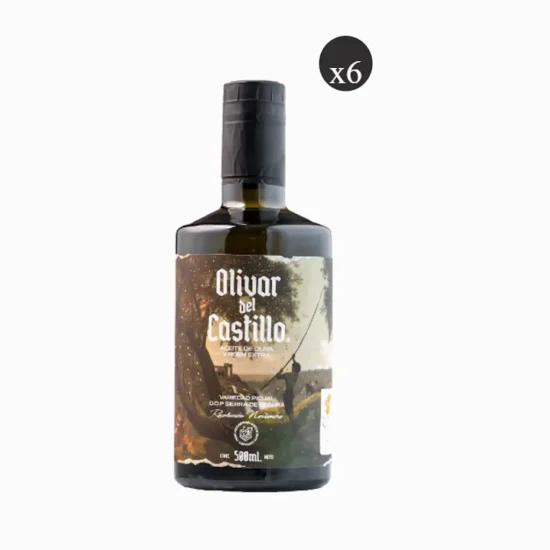
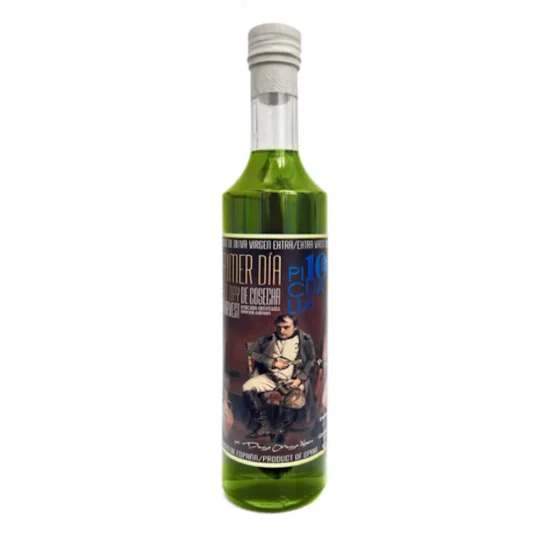
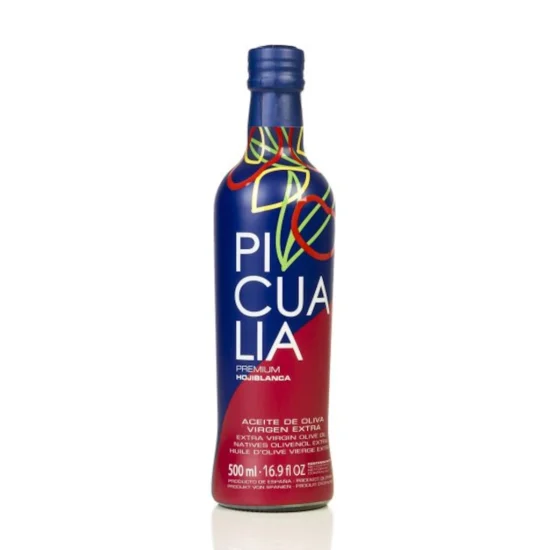
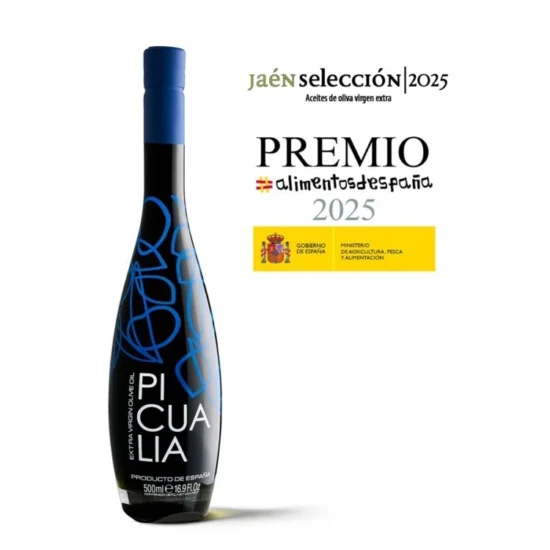
ALZAYT EXPORT SL
info@aceitedelcampo.com
C/ Eduardo Bosca 19, 2-5
46023 Valencia
Subscribe and receive a coupon by email for your next purchase.